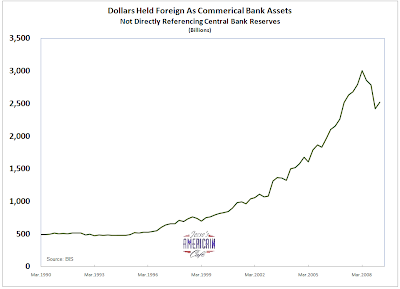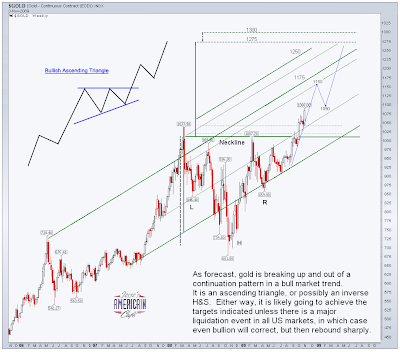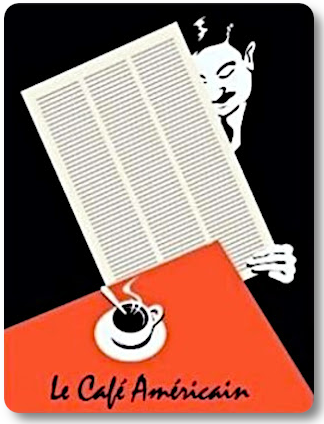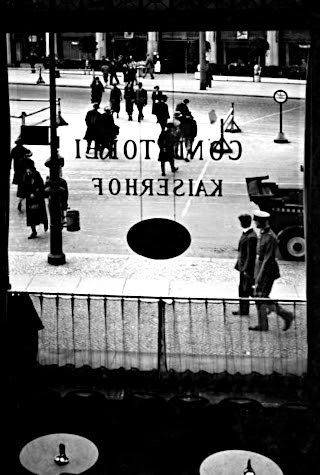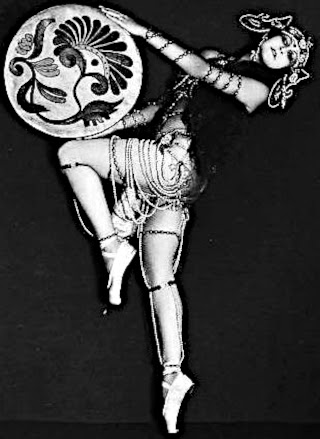 An apertif for the Indian central bank, and barely a nibble for dollar heavy China.
An apertif for the Indian central bank, and barely a nibble for dollar heavy China.
"You have a choice between the natural stability of gold and the honesty and intelligence of the members of government. And with all due respect for those gentlemen, I advise you, as long as the capitalist system lasts, vote for gold." George Bernard Shaw
LiveMint WSJRBI to buy 200 tonnes of IMF goldBy Tamal Bandyopadhyay and Anup RoyMon, Nov 2 2009. 11:15 PM IST
Decision to strengthen its gold reserves follows similar moves by central banks of some other countries.Mumbai: The Reserve Bank of India, or RBI, is buying 200 tonnes of gold from the International Monetary Fund (IMF), nearly half of what the fund plans to sell.
In 1991, when India faced its worst ever balance of payment crisis, the country had to pledge 67 tonnes of gold to Union Bank of Switzerland and Bank of England to raise $605 million (Rs2,843.5 crore today) to shore up its dwindling foreign exchange reserves, which were then barely enough to buy two weeks of imports. India’s foreign exchange reserves were at $1.2 billion in January 1991 and by June, they were depleted by half. Currently, the Indian central bank’s foreign exchange reserves stand at $285.5 billion.
RBI’s decision to shore up its gold reserves needs to be seen in the context of other central banks across the globe increasing their gold reserves. Among them are the central banks of China, Russia and a few countries in the European Union.
(also known as 'the barbarians' - Jesse)
In the last one year, China has increased its gold holdings, by weight, by 75.69%, Russia by 18.78%, the Philippines by 18.50% and Mexico by 108.91%.
Compared with this, India’s central bank did not add anything to its gold reserves in the last one year, according to Bloomberg data.
In fact, the share of gold in India’s total reserves has dwindled over the decade.
In March 1994, the share of gold in the total reserves of the country was 20.86%; by the end of June 2009, gold constituted only 3.7% of the total reserves.
An IMF spokesperson in India declined to comment on this development.
RBI’s foreign currency assets consist mainly of sovereign bonds, mainly US treasurys. So, buying more gold will help the Indian central bank diversify its assets.
“Gold as a proportion of our reserves is relatively small,” said R.H. Patil, chairman of National Securities Depository Ltd and Clearing Corp. of India Ltd.
“
Gold is the ultimate currency. In fact, only gold came to our rescue during (the) 1991 crisis, so it makes sense that RBI should try to increase its gold holdings,” Patil said.
RBI’s foreign exchange reserves consist of foreign currency assets, gold, special drawing rights (SDR)—an international reserve currency floated by IMF—and RBI funds kept with IMF.
Out of RBI’s $285.5 billion foreign exchange reserves, foreign currency assets account for the most—$268.3 billion—followed by gold ($10.3 billion), SDR ($5,267 million) and reserve position in the IMF ($1,589 million).
According to RBI’s latest annual report, the foreign currency assets consisting of foreign securities declined by Rs81,010.25 crore from Rs12.98 trillion on 30 June 2008 to Rs12.17 trillion on 30 June 2009 mainly due to net sales of dollars in the domestic foreign exchange market.
At the current market value of $1,054 an ounce, or per 28.5g,
RBI would need to spend about $7.4 billion to buy 200 tonnes of gold. With this, its gold reserve will rise to $17.716 billion, or roughly 6.20% of the total reserves.
IMF in September had announced that it wanted to sell 403 tonnes of its gold reserves, or one-eighth of its total holdings, to boost its finances on a long-term basis and to generate money to raise lending to needy nations. Under the concessional lending facility, IMF will lend at zero interest through end-2011 for all low-income members to help them tackle the impact of the financial crisis that rocked the world in the wake of the collapse of US investment bank Lehman Brothers Holdings Inc.
A committee set up by a group of central banks overseeing the gold sales by the IMF has allowed the fund to sell 400 tonnes of its gold annually and 2,000 tonnes in total during the five years starting 27 September.
According to a report by the Associated Press dated 20 September,
India, along with China and Russia, had evinced interest in buying IMF-held gold.
At a total holding of 103.4 million ounces, or 3,217 tonnes, IMF is the third largest official holder of gold after the US and Germany.
IMF’s total holding at historical price is valued at about $9.2 billion on its balance sheet. At market prices,
as of 28 August, the fund’s total gold holdings were worth $98.8 billion.



